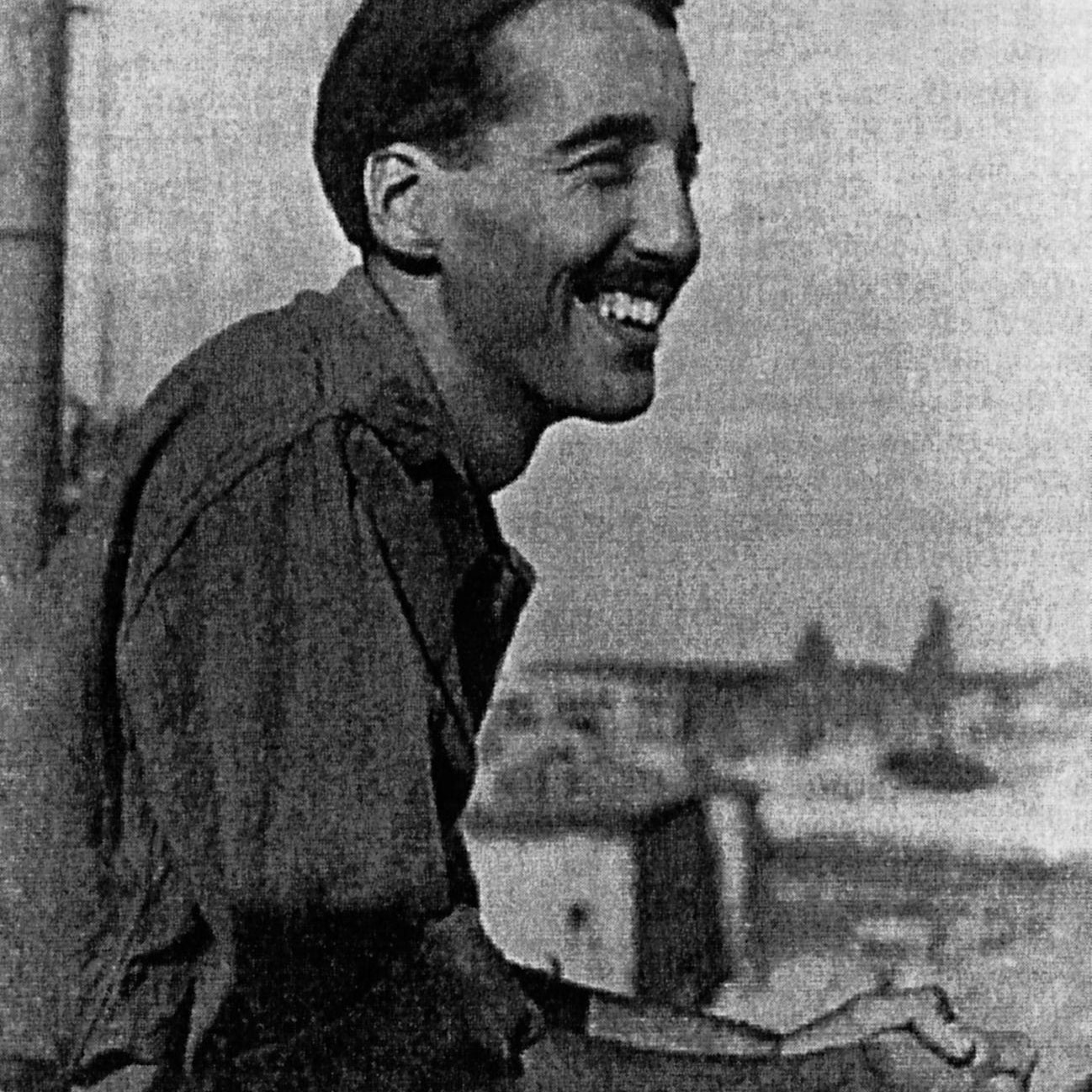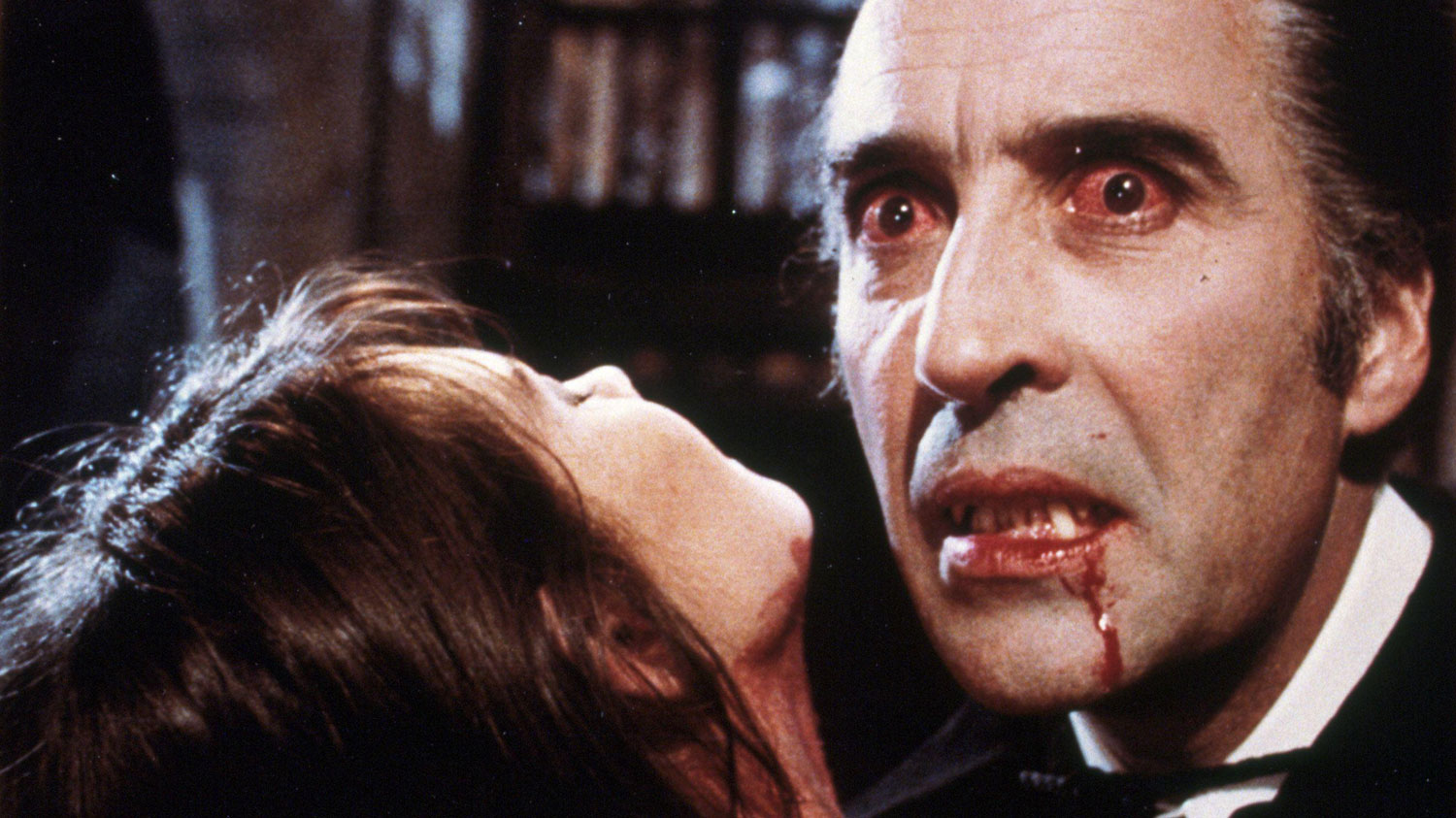From SAS and Gurkhas to Dracula and Saruman: The unique life of Sir Christopher Lee
Known and forever remembered as an icon of the silver screen, the late Sir Christopher Lee's past achievements in front of the camera cemented his place in Hollywood and British film industry folklore.
Some of his greatest accomplishments, however, were collected, not on stage, but on the battlefield during the Second World War.
While speaking with the Telegraph in 2011, he said: "I was attached to the SAS from time to time but we are forbidden – former, present, or future – to discuss any specific operations.
- The real Ministry of Ungentlemanly Warfare agents were hated – but they didn't care
- The liberation of Rome, a big achievement of WW2 that was overshadowed by D-Day
- Debunking the legend behind 11th Armored Cavalry Regiment's Blackhorse nickname
"Let's just say I was in Special Forces and leave it at that.
"People can read in to that what they like."
Before starring in blockbuster films such as Lord of the Rings and The Hobbit – in which he played the menacing character Saruman – The Man with the Golden Gun, Dracula, Star Wars and Sleepy Hollow, the actor served in Britain's Armed Forces.

Sir Christopher enlisted in the Royal Air Force in 1940, working as an intelligence officer specialising in decoding German cyphers.
His cousin was Ian Fleming – the man behind James Bond – who he served alongside during the Second World War.
He was posted to North Africa where he was based with the precursor of the SAS, the Long Range Desert Group (LRDG).
While leapfrogging from Egypt across Tobruk to Benghazi, Sir Christopher moved behind enemy lines from base to base, sabotaging Luftwaffe planes and airfields along the way.
After the Axis surrender in 1943, Sir Christopher was seconded to the British Army during an officer swap scheme, where he officiated the Gurkhas of the 8th Indian Infantry Division during the Battle of Monte Cassino.
When an enthusiastic interviewer questioned him about his SAS past, Sir Christopher leaned forward and whispered: "Can you keep a secret?"
"Yes," the interviewer replied, bristling with excitement.
"So can I," replied Sir Christopher.
After working with the LRDG, the future actor was assigned to the Special Operations Executive, conducting espionage, sabotage and reconnaissance in occupied Europe against the Axis powers.
During the final months of his service, Sir Christopher, who was fluent in six languages including French and German, was assigned the task of tracking down Nazi war criminals.
This assignment involved working alongside the Central Registry of War Criminals and Security Suspects, during which time he witnessed Nazi concentration camps first-hand.
Of his time within the organisation, Sir Christopher said: "We were given dossiers of what they'd done and told to find them, interrogate them as much as we could and hand them over to the appropriate authority."
Sir Christopher retired from the RAF in 1946 as a flight lieutenant.

He said: "I've seen many men die right in front of me – so many, in fact, that I've become almost hardened to it.
"Having seen the worst that human beings can do to each other, the results of torture, mutilation and seeing someone blown to pieces by a bomb, you develop a kind of shell.
"But you had to. You had to.
"Otherwise we would never have won."
Although his service records remain classified and Sir Christopher himself was reluctant to discuss anything about his service, after his retirement he had been individually decorated for battlefield bravery by the Czech, Yugoslav, British and Polish governments.
He was also on personal terms with Josip Broz Tito, presumably after their mutual involvement with the Partisan resistance movement – widely cited as the most effective resistance movement in occupied Europe.









